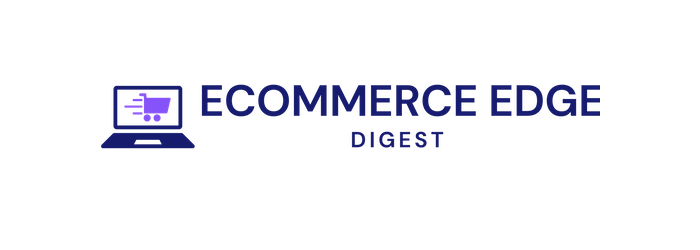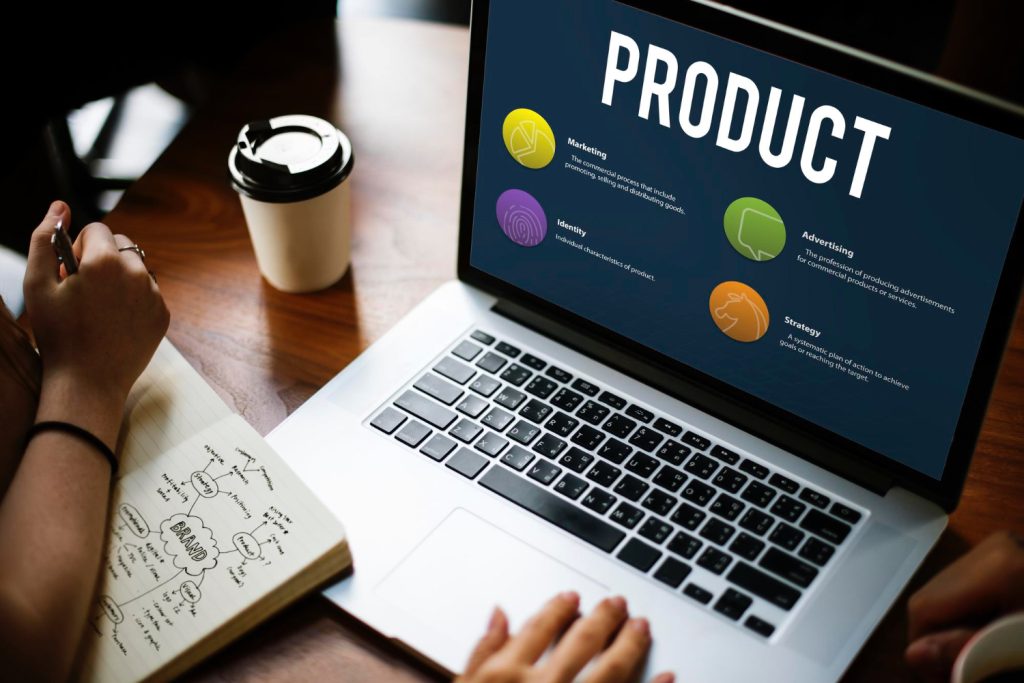
In a world where ideas spark rapidly and markets evolve at lightning speed, the journey from concept to creation is both an art and a science. Crafting innovation is more than simply inventing new products; it’s a delicate balance of creativity, strategy, and meticulous execution. This intricate process transforms raw inspiration into tangible solutions that reshape how we live,work,and connect. In this article, we delve into the multifaceted nature of product creation — uncovering the methods, mindsets, and moments of insight that fuel innovation and bring visionary ideas to life.
Understanding the Foundations of Creative Product Development
At the heart of every groundbreaking product lies a delicate balance between creativity and structure. This intricate dance begins wiht a deep understanding of user needs, market trends, and technological possibilities. The foundation is not just brainstorming wild ideas but harnessing the power of empathy-driven research, rigorous testing, and iterative refinement. It’s about transforming abstract sparks into tangible innovations through a process that respects both spontaneity and discipline. By embracing ambiguity and fostering a culture where diverse perspectives collide, teams uncover hidden opportunities that fuel the evolution from concept to creation.
Successful product development thrives on a set of core principles that guide innovation without stifling inventiveness. These include:
- Collaborative Exploration: Encouraging cross-functional dialogue to break down silos.
- Rapid Prototyping: Building early models that invite feedback and pivoting.
- Purposeful Iteration: Refining features based on real-world insights and analytics.
- Sustainable Scalability: Designing with longevity and adaptability in mind.
Below is a simple overview highlighting how these principles interact during the creative cycle:
| Stage | Focus | Outcome |
|---|---|---|
| Discovery | User Insights & Market Gaps | Clear Problem Definition |
| Ideation | Diverse Ideas & Brainstorming | Viable Concepts |
| Prototyping | Hands-on Experimentation | Testable Models |
| Refinement | Feedback Integration & Improvements | Polished Product Ready for Launch |
Balancing Artistic Vision With Practical Engineering
In the journey from concept to creation, the delicate dance between imagination and feasibility takes center stage. Visionaries often dream with boundless freedom, sketching bold ideas that challenge conventional limits. Meanwhile, engineers ground these dreams by dissecting every line, material, and force to ensure longevity and functionality. The secret lies in a collaborative ecosystem where creativity fuels problem-solving and constraints become catalysts rather than barriers. Through iterative prototyping and open dialogue,innovative solutions emerge — ones that maintain the original spirit without sacrificing performance or safety.
Striking this harmonious balance requires embracing both perspectives, often summarized by these guiding principles:
- Empathy: Understanding user needs translates artistic intent into meaningful experiences.
- Flexibility: Adjusting designs while preserving core identity keeps projects viable.
- Precision: Engineering rigor ensures reliability under real-world conditions.
- Dialogue: Transparent exchange fosters trust between creative and technical minds.
| Aspect | Artistic Vision | Engineering Practicality |
|---|---|---|
| Focus | Expression & Aesthetics | Function & Durability |
| Constraints | Minimal, Fluid | Strict, Measurable |
| Tools | Sketching, Modeling | Simulation, Testing |
| Outcome | Emotional Connection | Consistent Performance |
Leveraging User Feedback to Refine and Enhance Innovations
Tapping into the voices of users transforms the innovation journey from mere assumption to informed evolution. Feedback acts as a dynamic lens, revealing unseen challenges and untapped opportunities alike. By weaving user insights into the development process, creators breathe life into their ideas, ensuring they resonate with real-world needs. It’s not simply about hearing opinions, but about decoding patterns in user behavior, frustrations, and desires that spark meaningful refinements. This collaborative dialogue invites innovation to become more adaptive, intuitive, and ultimately, more impactful.
The process of incorporating user feedback thrives on structure and empathy. Establishing clear channels for collecting input — surveys, beta testing sessions, or interactive forums — creates a continuous loop of validation and betterment. Consider the following elements as pillars in this ecosystem:
- Timely Responsiveness: Quick iterations based on current feedback build trust and momentum.
- Prioritization Frameworks: Balancing user wishes with technical feasibility and strategic vision.
- Transparent Communication: Sharing how feedback shapes development fosters community engagement.
- Quantitative & Qualitative Data: Combining metrics with narratives uncovers deeper insights.
| Feedback Type | Example | Impact on Innovation |
|---|---|---|
| Feature Requests | Adding Voice Commands | Expands Accessibility |
| Bug Reports | Fixing App Crashes | Improves Reliability |
| Usability Notes | Streamlining Onboarding | Enhances User Experience |
| Emotional Responses | Frustration With Lag | Drives Performance Optimization |
Strategies for Streamlining the Path From Concept to Market
Accelerating innovation requires a delicate balance between creativity and structured execution. One effective approach is embracing agile methodologies, which encourage iterative development and continuous feedback loops. This flexibility allows teams to adapt swiftly to insights gleaned from prototype testing or market shifts. Equally crucial is fostering cross-functional collaboration — breaking silos between design, engineering, marketing, and customer support ensures every perspective shapes the product’s evolution, reducing costly revisits later in the process.
Leveraging the right tools can further compress timelines without sacrificing quality. Digital platforms for rapid prototyping, customer journey mapping, and data analytics enable smarter decision-making and early detection of potential bottlenecks. Here’s a quick comparison of popular tools frequently enough integrated in streamlined workflows:
| Tool | Primary Use | Key Advantage |
|---|---|---|
| Figma | Prototyping & Design | Real-time Collaboration |
| Jira | Project Management | Customizable Workflows |
| Tableau | Data Visualization | Insightful Analytics |
- Prioritize MVP features—focus on core value generators first.
- Establish clear milestones with measurable outcomes to track progress.
- Create feedback channels that include end users early and frequently enough.
Final Thoughts…
In the ever-evolving landscape of product creation, innovation remains both an art and a science — a delicate balance between imaginative vision and methodical execution. As creators continue to explore this intersection, they not only shape new solutions but also redefine what is possible. Embracing this duality invites a future where creativity and precision work hand in hand, crafting products that resonate deeply and endure beyond their first spark of inspiration.


